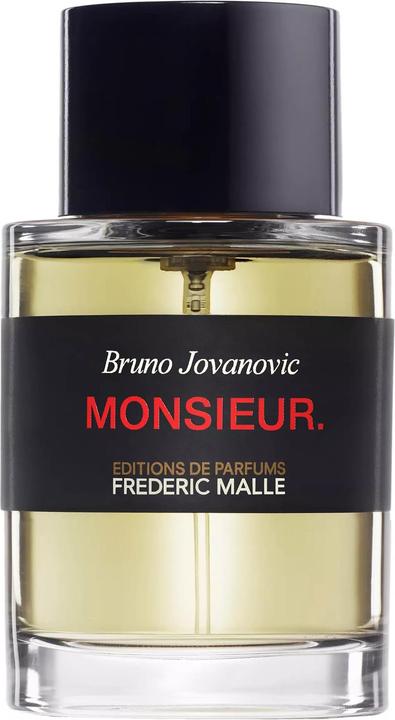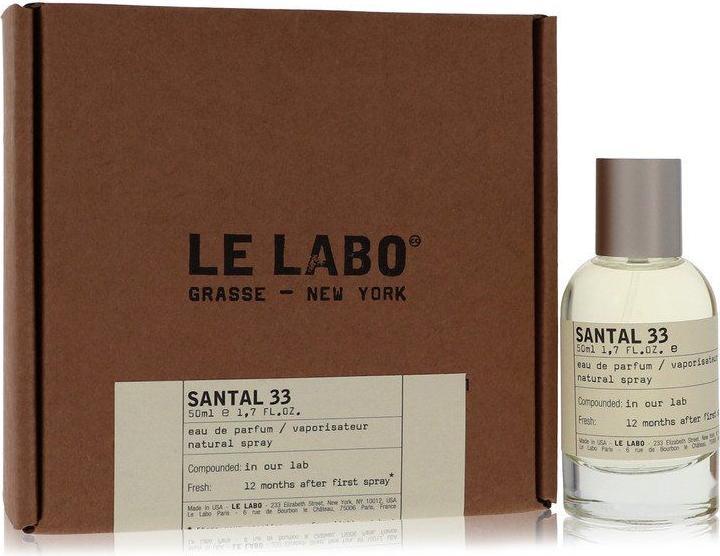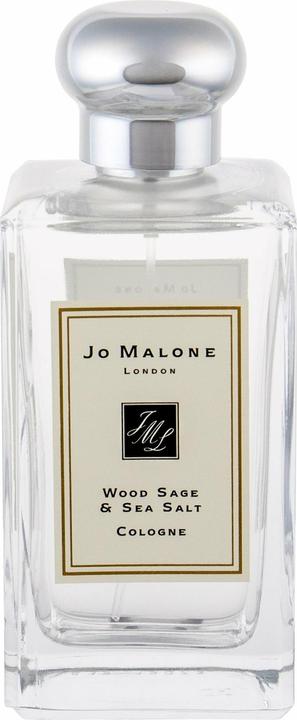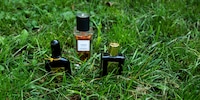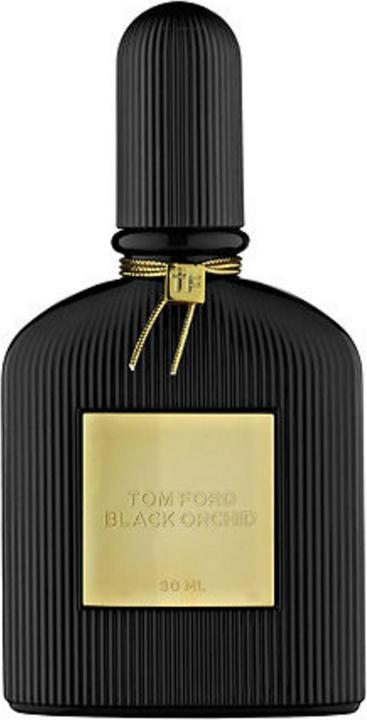

Patrick’s Perfumes: is Estée Lauder taking over?
Perfumes are works of art, perfumers are artists and I’m a collector of their creations. But fragrances are also big business, with Estée Lauder proving to be a prime example.
It’s the American dream. A young woman from humble beginnings, with European immigrant parents, rises to become a cosmetics icon in mid-twentieth century USA. It all started in her parents’ kitchen, where Estée Lauder (page in German) had been mixing together a skin cream using a recipe created by her uncle. Her big break came in 1953 in the form of a bath oil made of floral and herbal extracts. Christened «Youth Dew», the product was credited with preserving beauty and youthful freshness. The bath oil flew off the shelves, especially since it could be applied more generously than the expensive perfumes popular at the time.
Today, the corporation is one of the world’s leading manufacturers of skin care products, make-up and perfume in the high-end market segment. There are more than 25 brands belonging to the Estée Lauder Group, including Tom Ford, Frédéric Malle, By Kilian, Jo Malone and Le Labo.

Source: Wikipedia
Niche product? As if!
In the fragrance world, a distinction is commonly made between designer and niche fragrances. Classic fashion houses such as Dior and Chanel fall into the first category, while brands such as Le Labo fall into the second. All of them, however, do the same thing: they take fragrances that are basically natural, mix them with alcohol and sell them in bottles that tend to be eye-catching. Then there are the independent perfumers, the indie houses, such as Andy Tauer’s Zurich-based label.
These days, however, an ever-increasing number of niche fragrances are being acquired by billion-dollar corporations such as Estée Lauder or LVMH. Creed is a good example; the tradition-steeped French company has been part of US-American investment firm BlackRock for several years now. As for the Estée Lauder Group, it too has been splashing the cash in recent decades.
Tom Ford
Back in 2005, the company secured the rights to Tom Ford’s beauty line. According to the Zurich newspaper NZZ, Estée Lauder is now tipped to acquire Tom Ford’s entire brand portfolio for a total of 2.8 billion dollars after months of talks.

Frédéric Malle
In 2000, Frédéric Malle opened his first store in Paris, with a range consisting of nine fragrances by nine different perfumers. Today, the «Editions de Parfums Frédéric Malle» is comprised of more than 30 fragrances. The company has been part of the Estée Lauder Group since 2015.
Le Labo
As early as the previous year, in 2014, Le Labo also went to Estée Lauder. Le Labo was founded in New York City in 2006 by Eddie Roschi and Fabrice Penot, and quickly became an underground favourite among those in the know. Santal 33 became the brand’s top-selling fragrance, and continues to be worn often today. The thing that made Le Labo special? The concept of mixing the fragrances for customers on the shop floor.
By Kilian
In 2016, Estée Lauder took over By Kilian, a label launched in 2007 by Kilian Hennessy, grandson of one of the LVMH founders. Its boozy fragrances especially have helped the company make a name for itself, with popular notes in this category being rum, whisky, gin and absinthe. The letters making up the name of the corporation (LVMH) allude to traditional brands Louis Vuitton (suitcase and bag manufacturer since 1854), Moët et Chandon (champagne producer since 1743) and Hennessy (cognac producer since 1765).
Jo Malone
Jo Malone has belonged to Estée Lauder for quite some time. Founded in 1994 by British perfumer Joanne Lesley Malone, the company was taken into American hands in 1999. As she later admitted in an interview, it was with a heavy heart that Malone sold her brand to Estée Lauder. The brand’s birthplace was her kitchen, where she’d started out creating fragrances by hand for a few selected friends.
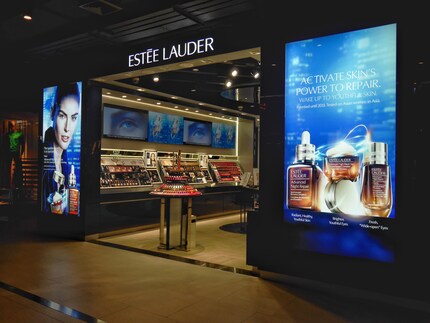
Source: Shutterstock / mysirikwan
As well as the labels mentioned above, the Estée Lauder universe includes brands such as Clinique, Aramis and Bobbi Brown. LVMH, however, is playing in very much the same league. The French company’s portfolio includes brands such as Bulgari, Givenchy, Kenzo, Dior, Fendi, TAG Heuer and even Dom Perignon. No matter whether they’re classed as designer or niche brands, at the end of the day, they’re all part of an even larger whole.
Header image: Patrick Bardelli
From radio journalist to product tester and storyteller, jogger to gravel bike novice and fitness enthusiast with barbells and dumbbells. I'm excited to see where the journey'll take me next.
Interesting facts about products, behind-the-scenes looks at manufacturers and deep-dives on interesting people.
Show all